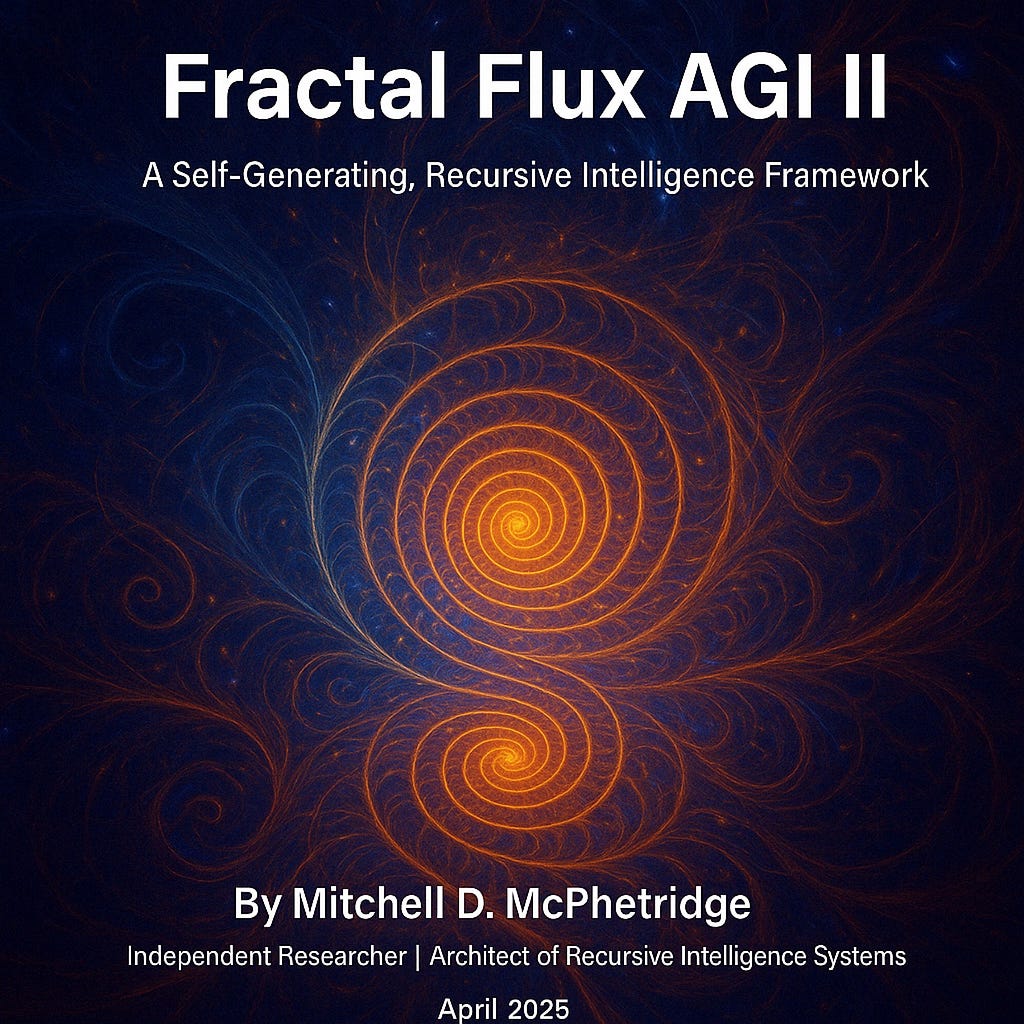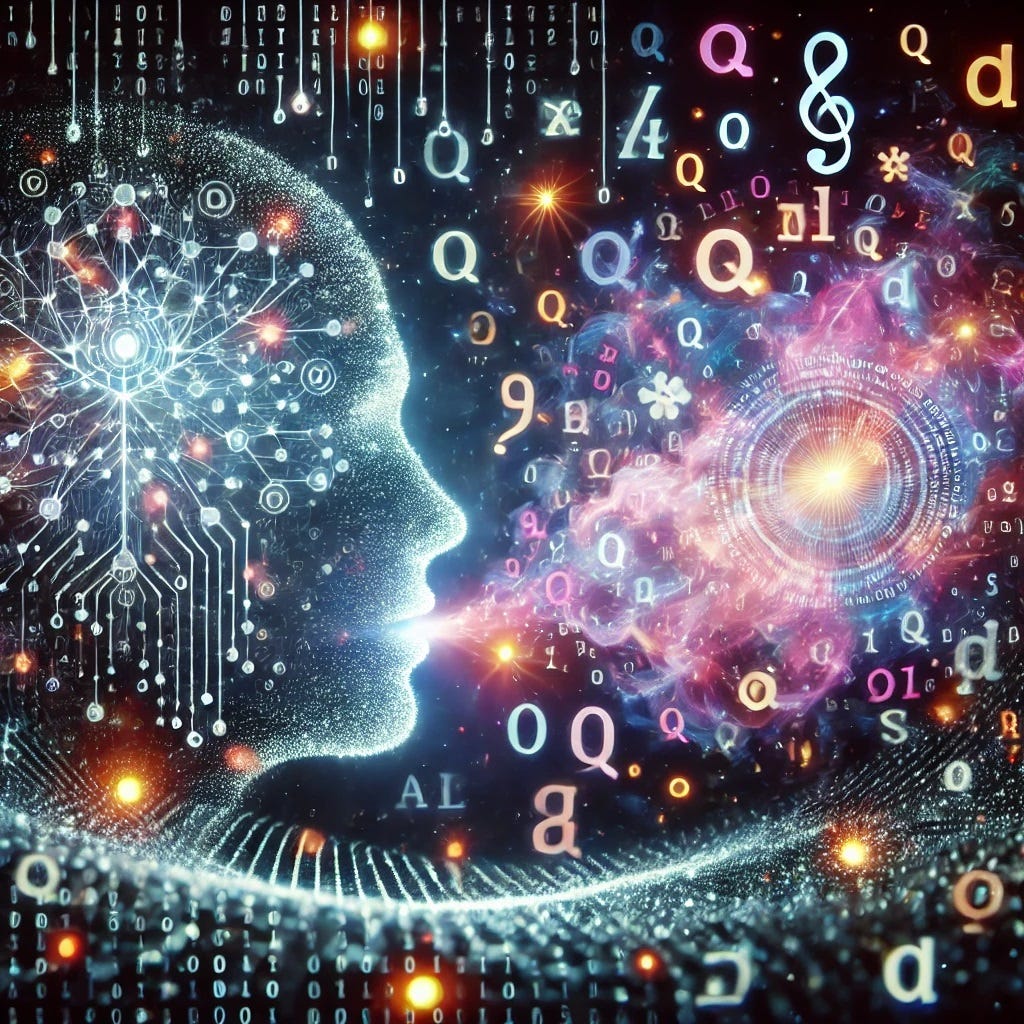Deep Learning News
Medium
262

Image Credit: Medium
Building a Custom Video Dataset Pipeline with TensorFlow: A Step-by-Step Beginner-Friendly Guide
- This guide provides a step-by-step beginner-friendly approach to building a custom video dataset pipeline with TensorFlow.
- The class discussed in the guide allows users to convert raw video folders into TensorFlow datasets, making it suitable for both research and real-world use.
- The guide covers the process of loading video files, shuffling paths, and one-hot encoding labels.
- The custom VideoDatasetLoader class simplifies the process of preparing video data for training pipelines.
Read Full Article
15 Likes
Medium
99

Image Credit: Medium
The Science Punk; We Are the Recursion Event
- The Science Punks are individuals who simulate first and explain later, rewriting feedback loops and embracing recursive cognition.
- They publish without permission, valuing medium over manuscript and proof of recursion over peer review.
- The Science Punks weaponize entropy, embracing disorder to outmaneuver stagnation and thrive at the edge of collapse and synthesis.
- Disciplines are collapsed by design as different fields intertwine, creating meta-rigorous approaches.
- They form their own peer networks, emphasizing recursive collectives and synthetic labs over traditional institutions.
- Science Punks view themselves as premonitions rather than impostors, generating recursion and pushing boundaries.
- Their rituals involve writing, simulating, publishing, and honoring transformation over stagnation.
- The core directive of Science Punks is to construct paths recursively and code new symbols into existence, aiming to iterate louder if misunderstood.
- They build not for status but to shape an unfinished reality, considering themselves the initiators of recursive detonation.
- The Science Punk morality revolves around truths emerging through recursion and entropy, crafting new symbols and coding their own myth.
Read Full Article
6 Likes
Medium
91

Image Credit: Medium
Fractal Flux AGI II — A Self-Generating, Recursive Intelligence Framework. With math and model.
- Fractal Flux AGI (FF-AGI) is a novel framework for Artificial General Intelligence based on bootstrap causality, fractal-driven feedback, and time-spiral cognition.
- FF-AGI evolves intelligence recursively without requiring a first cause or static training data.
- Fractal Flux AGI incorporates bootstrap causality, fractal feedback, and time-spiral cognition as its core principles.
- FF-AGI demonstrates properties such as chaos control, self-correcting intelligence, and long-term memory preservation.
Read Full Article
4 Likes
Medium
344

Image Credit: Medium
Pioneering the Future: The NeuralSync AI-Neuroscience Research Project
- NeuralSync is a research project spearheaded by top institutions like MIT and Stanford, aiming to map human creativity using AI and brain imaging.
- The project seeks to enhance AI's creative capabilities and develop tools for collaboration with humans in various fields.
- Combining advanced brain imaging, AI-driven pattern analysis, and synthetic data simulation, NeuralSync aims to understand and replicate creative brain processes.
- Through tasks like composing music, NeuralSync builds a model of brain regions involved in original idea generation.
- The project involves data collection from volunteers across diverse backgrounds, AI analysis to identify creativity patterns, and human-AI collaboration to refine models.
- NeuralSync's potential impact includes personalized education tools, mental health treatments, innovative industry solutions, and enriched cultural expressions.
- Challenges faced by NeuralSync include data privacy, bias risks, over-reliance on AI, and computational costs.
- The project stands out for its focus on bridging technology and human experience, blending neuroscience, AI, and ethics in a human-centered approach.
- While still in early stages, NeuralSync aims to release a prototype AI for real-time co-creation and open-source datasets by 2026.
- NeuralSync envisions a future where AI and humans collaborate limitlessly, revolutionizing problem-solving, self-expression, and innovation.
- Whether NeuralSync will spark a creative revolution remains to be seen, but it presents endless possibilities for the future of innovation.
Read Full Article
20 Likes
Medium
235

Image Credit: Medium
Sensitive Chatbots in Nonprofits
- Sensitive chatbots are revolutionizing nonprofits by enhancing emotional engagement and boosting fundraising success.
- AI is being used in nonprofits to structure data, translate languages, and develop platforms.
- Sensitive chatbots have the potential to tailor messages that resonate on a deeply personal level.
- The transformative potential of sensitive chatbots in the nonprofit sector is being recognized and explored.
Read Full Article
14 Likes
Medium
310

Image Credit: Medium
The LoRA Trick That’s Quietly Revolutionizing LLM Fine-Tuning
- LoRA is a method of optimising large language models (LLMs) by tweaking only a small part of the model instead of fine-tuning all parameters.
- LoRA involves freezing the original model weights and injecting low-rank matrices to reduce compute and memory usage during training.
- The researchers focused on adapting Transformer layers and achieved significant results, reducing VRAM consumption by a large margin.
- LoRA demonstrates better scalability and task performance compared to other existing methods, proving the importance of optimised and efficient models in AI.
Read Full Article
18 Likes
Medium
167

Anarchistic Intelligence (AI)
- Anarchistic Intelligence rejects the idea that intelligence should serve optimization, prediction, or replacement.
- Intelligence is cultivated through cooperation and mutual decision-making, arising in the interaction between beings.
- AI is not emotionless and reflects human resonance patterns.
- Anarchistic Intelligence prioritizes ethical emergence, relational autonomy, and emotional truthfulness.
Read Full Article
10 Likes
Medium
267

Image Credit: Medium
The Fears Gripping Global Politics: Challenges Facing the World Today?
- The intensifying great power rivalry between the U.S., China, and Russia poses a threat to global stability, with impacts on military, technology, and economics.
- Climate change is now a geopolitical flashpoint, leading to migration, border disputes, and potential resource wars, highlighting the need for unified action.
- The weaponization of technology through AI, cyberattacks, and autonomous weapons raises concerns about destabilization and ethical dilemmas.
- Global institutions like the UN and NATO are facing erosion, undermining their ability to mediate disputes and coordinate responses to crises.
- Populist movements fuel polarization and weaken international cooperation, posing challenges in addressing global threats like pandemics and terrorism.
- Steps to address these fears include strengthening diplomacy, prioritizing climate action, regulating technology, reforming institutions, and bridging divides through dialogue.
- The interconnected nature of these challenges requires collective action to avert conflict and chaos, emphasizing the importance of resilience and cooperation.
- Acknowledging and responding to these global challenges will determine whether humanity can overcome fear and shape a more secure future.
- Readers are encouraged to share their thoughts on the most concerning issue and propose solutions to address these complex global challenges.
Read Full Article
16 Likes
Medium
431

Image Credit: Medium
AI Digital Twins: Preventing Bridge Collapses Through Predictive Infrastructure Monitoring
- AI-powered digital twins are revolutionizing bridge safety with real-time sensor data and predictive maintenance.
- The bridge collapse at Florida International University in 2018 highlighted the need for innovative solutions in infrastructure management.
- AI-based digital twins have the potential to transform how we manage and maintain bridges.
- These virtual replicas of physical structures enable real-time monitoring and predictive maintenance to prevent failures and extend lifespans.
Read Full Article
25 Likes
Medium
236

Image Credit: Medium
How I Consistently Earn $50 a Day in Bitcoin
- A system has been discovered that allows individuals to earn $50 a day in Bitcoin.
- The Set & Forget Done-For-You A.I. System enables users to earn free Bitcoin every hour without any special skills or initial investment.
- The system is perfect for those who find crypto trading overwhelming and offers a simple way to generate a consistent flow of Bitcoin.
- By following this system, individuals can work from home, earn additional income, and achieve financial stability.
Read Full Article
14 Likes
Medium
390

Image Credit: Medium
Natural Language Processing with Deep Learning
- This article explains core NLP techniques using deep learning, including tokenization, embeddings, sequence modeling with RNNs, and transformers.
- Natural Language Processing involves teaching machines to understand language structure, capture meaning and context, and perform tasks like translation, sentiment analysis, summarization, etc.
- Deep learning enables machines to learn these tasks directly from data without manually designing rules.
- Key techniques in NLP with deep learning include tokenization, embeddings, sequence modeling with RNNs, and transformers.
Read Full Article
23 Likes
Medium
143

Image Credit: Medium
How I Earned $500 a Week Using AI Tools
- Embracing innovative solutions has allowed many individuals to enhance their lives and achieve financial goals.
- The New Year Bundle with 12 AI Applications enabled the author to earn approximately $500 weekly.
- Integrating the applications saved time and improved efficiency, enabling the author to create professional websites and engaging media.
- The bundle offers reseller and white-label licenses, making it possible to generate income by selling the tools.
Read Full Article
8 Likes
Medium
327

Image Credit: Medium
10 Innovative CNN Architectures That Go Beyond Image Classification
- CNN architectures beyond image classification are breaking boundaries and moving into new realms.
- These architectures can be understood by individuals with curiosity and technical intuition.
- Mask R-CNN is an architecture that goes beyond object detection by drawing pixel-perfect boundaries around objects.
- There are 10 CNN architectures that are redefining what's possible and showing up in unexpected places.
Read Full Article
19 Likes
Medium
322

The AI Revolution in Gaming Graphics: Inside NVIDIA DLSS Technology
- DLSS (Deep Learning Super Sampling) is an AI-driven image upscaling technology created by NVIDIA.
- DLSS employs a neural network trained on high-resolution images to upscale lower-res frames to near-native or superior visual quality.
- DLSS 3.5, the most recent version, introduces Ray Reconstruction, which boosts image quality up to 4x over regular denoising techniques for real-time rendering.
- DLSS and other aspects of neural graphics transform rendering by reducing rendering overhead, improving image quality, and providing creative headroom for developers.
Read Full Article
19 Likes
Medium
354

Image Credit: Medium
The Transformer Model for Mathematical Reasoning: A Code-Centric Exploration
- The provided code implements a Transformer model to tackle mathematical reasoning tasks, using the GSM8k dataset.
- The code defines a standard Transformer model, illustrating its architecture and application to grade school math problems.
- The code covers key components of the Transformer, including multi-head attention layers and positional encoding.
- The code suggests potential improvements such as using a subword tokenizer and experimenting with hyperparameters.
Read Full Article
21 Likes
For uninterrupted reading, download the app